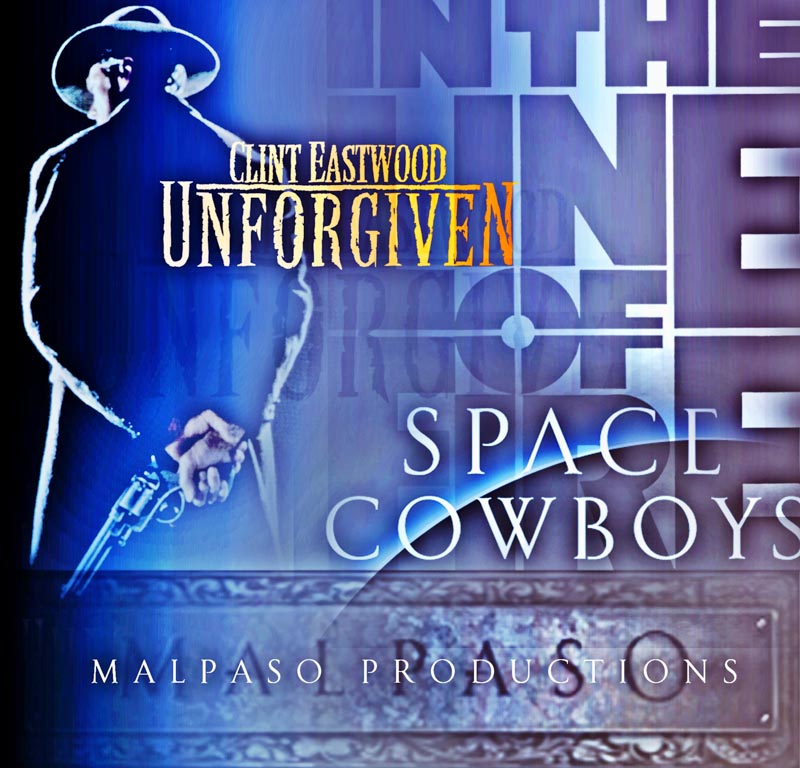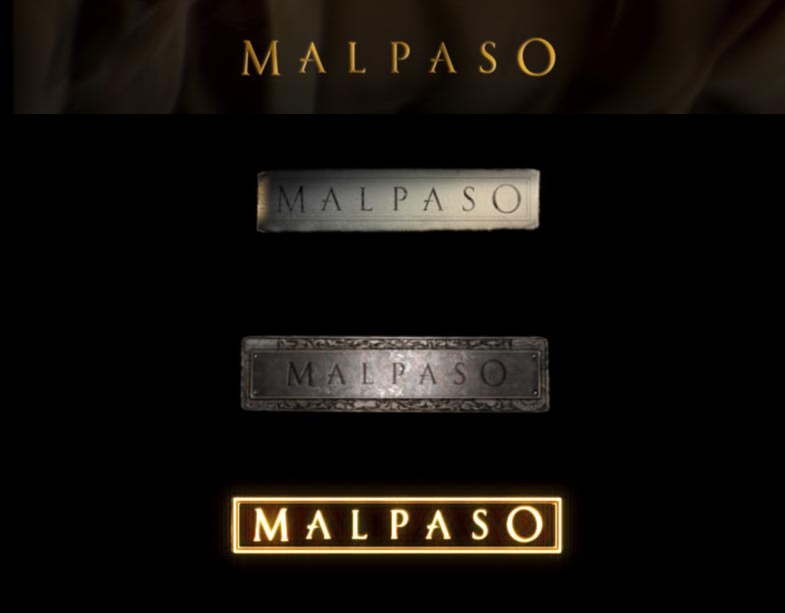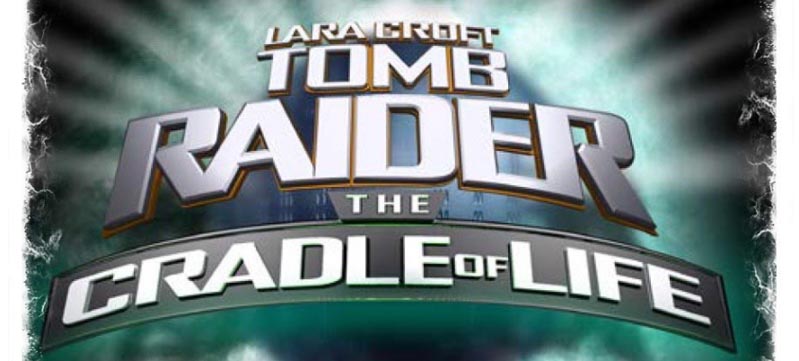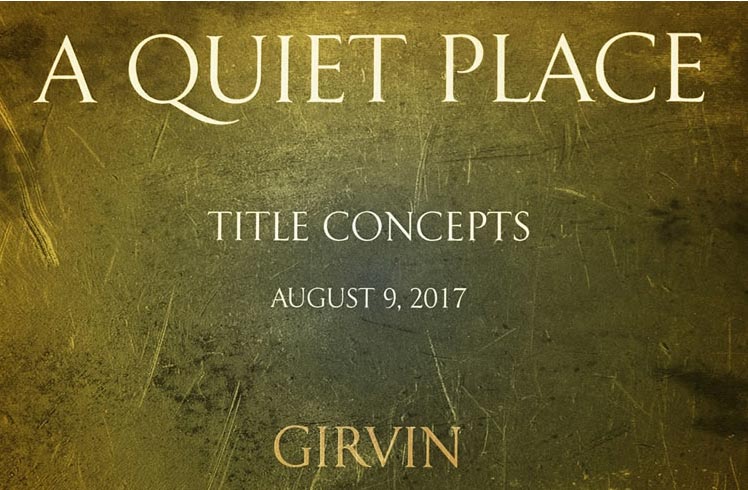 It’s been an intriguing pleasure working at the behest of theatrical “stars.”
It’s been an intriguing pleasure working at the behest of theatrical “stars.”
Surely, thinking about it—acting, or directing, is a complex expectation—
the hours are demanding, the scale of the commitment is enormous, the creative expansiveness is deep. During production, everything can change, emotions roil, creative strategies convert to tactical realities and evolutions, dailies can reveal inadequacies marketing and viewer testing and audience shifts can liquidly redefine propositions. And everything can change.
So it’s relatively rare to have an opportunity to work—conversationally, by script notes or “fax,” if you can imagine that elder technology in play—with a star.
In my history as a designer, this has happened mostly in conjunction with a motion-picture studio executive leadership, and more often on the director side; it’s their visioning that has to be listened to, developed and illustrated—for me, in movie logo designs by GIRVIN.
I got a call from Clint Eastwood, who said, “mostly I don’t do logos for my movies, but this one is special—a man that comes from a violent past, as a gunslinger, that moves—through a series of events—to a path of redemption, can you develop some ideas on this movie? I have the perfect image—shot on-set—it’s of me, standing for a shooting sequence, and I’m just waiting, with a large pistol behind my back—that should be our teaser poster.” I worked up logo ideas and the final design solution for the film “Unforgiven,” based on a hand-rendered, cracked Victorian-type reference.
GIRVIN also had earlier history on designing
the logos for “In the Line of Fire” and “Space Cowboys.”
We also designed logo animations for Malpaso, Clint’s production group. I came down to meet with Clint at Malpaso’s production offices, on-the-Lot at Warner Brothers Studios, coordinated with his colleague, Tom Rooker.
Clint was taller than I expected, lean, and gracious; he had a wiry, animated energy about—and in presenting the Malpaso ideas to him—he was contemplative, and focused on the presentation.

That comes down to these kinds of additional project narratives: designing for Sergio Leone [and Tony Seiniger]—“I need a logo and pitch package cover that says ‘epic’ crime-family storytelling and American history, this will be ‘Once Upon A Time In America’.” As well as commentary and logo reviews from David Fincher—time-related conversations for the Button production, or Robert Zemeckis—historical font thinking, and Barry Levinson—“can we make this uplifting, and more elegant?”

Then there’s a collaborative discussion with Bruce Willis, on-set of another film, and Director Tony Scott, in the editing suite, GIRVIN’s logo design and main title font for “The Last Boy Scout”—”you can see with the storyboard here, my sketches–this has to have punchy impact.”
Jerry Bruckheimer—”can you get down here to Daytona to review these concepts? Don and Tom want to see what GIRVIN’s designed for the movie logo treatments for ‘Days of Thunder’;” and JJ Abrams—”you’ll need to meet with Scott Chambliss, our production designer, on the Paramount lot, to see the new Enterprise design program for ‘Star Trek.’ These assets are protected, so you can only work on-the-lot.”

And there’s Tim Burton—who asked, “can you look at these set sketches—
they could push towards a logo direction for Sleepy Hollow?”
And Tom Cruise, “I just sent a fax to Theatrical at Paramount, it shows what I’m thinking about for the monogram, GIRVIN’s logo concepts on M.I.III.”
And, as many know, there’s Joel Silver saying “you need to meet with Larry and Andy Wachowski, [now Lana and Lilly[ in my office, Warner Brothers lot, tomorrow morning.
You’ll be our logo designer for ’The Matrix’.”

Angelina Jolie [and Simon West]—“we need a logo that feels like the game ‘Tomb Raider,’ but it’s got to be bigger and stronger—grander, bigger, better—more epic, it’s Tomb Raider the movie.”

Any collaboration is about listening, reading, studying, researching—and getting to the nexus of a collaboration, all of these components of activity come into play.
Even Rodd Perry’s gesture—on site at Paramount, “I need you to come down, read the script on-the-Lot, and create a ‘quiet’ solution for John Krasinski’s new film, ‘A Quiet Place.’” I sketched out ideas at the studio, then designed logos for the film in our Seattle studios.
Collaborating, iteratively, we refined, till the master art.

Tim | Seattle
We collaborate
GIRVIN | Strategic Brands
Digital | Built environments by Osean | Dining Design | Theatrical Branding
Waves | Art | Talismanika™ | Technology Branding | Destination Brands | CPG
We build projects in strategy | story | naming | messaging | print
identity | built environments | packaging
social media | websites | interactive